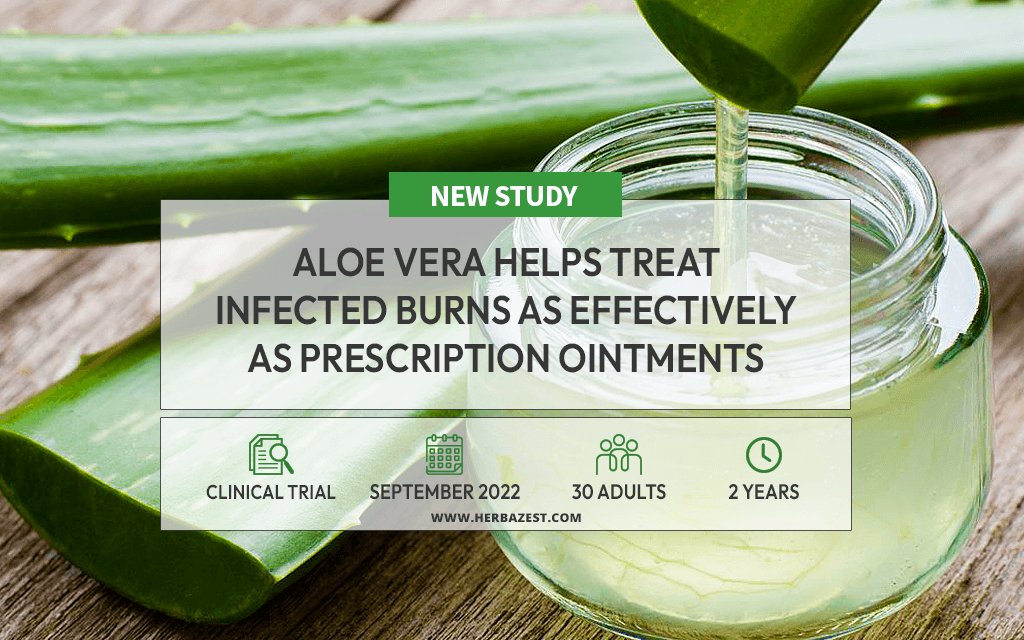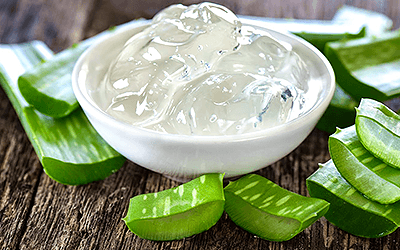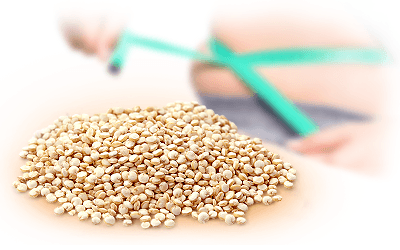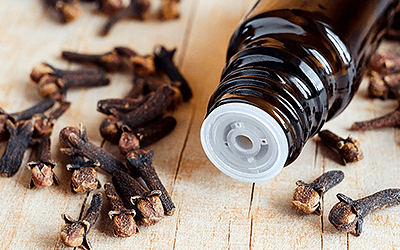Burn injuries, particularly superficial partial-thickness burns, require careful management to prevent infection and promote healing. While nitrofurazone ointment is a common treatment, it can cause complications such as drug resistance and allergic reactions.1 This has led to growing interest in alternatives like aloe vera, a traditional herbal remedy valued for its antimicrobial and wound-healing properties.
The Study
A randomized clinical trial was conducted to evaluate the effectiveness of aloe vera gel for burns compared to nitrofurazone ointment.
The study involved 30 patients with superficial partial-thickness burns. Each participant had burns on opposite sides of their body, allowing the application of aloe vera gel to one side and nitrofurazone ointment to the other.
Burns were dressed daily, and wound healing was monitored using the Bates-Jensen Wound Assessment Tool (BWAT), which evaluates wound size, depth, and tissue characteristics.
The Results
Both aloe vera gel and nitrofurazone ointment showed significant improvements in wound healing during the study, with no notable difference in the rate of healing between the two treatments.
Importantly, aloe vera gel was well-tolerated, with no reported adverse reactions. In contrast, nitrofurazone ointment is associated with side effects such as contact dermatitis and localized irritation.
What Does this Mean?
The findings confirm that aloe vera gel is effective for treating skin burns. Its affordability, ease of use, and minimal side effects make it a promising natural alternative to nitrofurazone ointment, particularly for individuals sensitive to chemical-based treatments.
Aloe vera's burn-healing effects are attributed to its unique compounds. It maintains a moist wound environment, creating ideal conditions for healing. Natural anti-inflammatory agents like salicylic acid reduce swelling and irritation, while polysaccharides and glucomannan enhance fibroblast activity and collagen synthesis, supporting tissue repair. Its antimicrobial properties also help protect against bacteria such as Pseudomonas aeruginosa and Escherichia coli, reducing infection risks.
Other herbs with potential skin-healing properties include calendula, chamomile, gotu kola, lavender, comfrey, and tea tree.
Sources
- Nursing Practice Today, Comparison of the effectiveness of Aloe Vera gel with 2% Nitrofurazone ointment on the healing of superficial partial-thickness burns: A randomized clinical trial study, 2022
Footnotes:
- Postepy dermatologii y alergologii. (2019). Cutaneous reactions caused by nitrofurazone. Retrieved December 20, 2024, from https://pubmed.ncbi.nlm.nih.gov/31616212/




